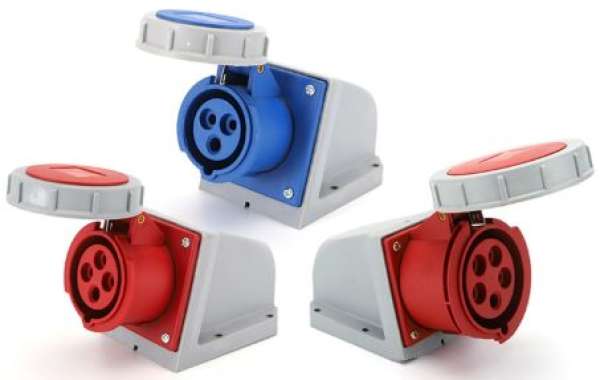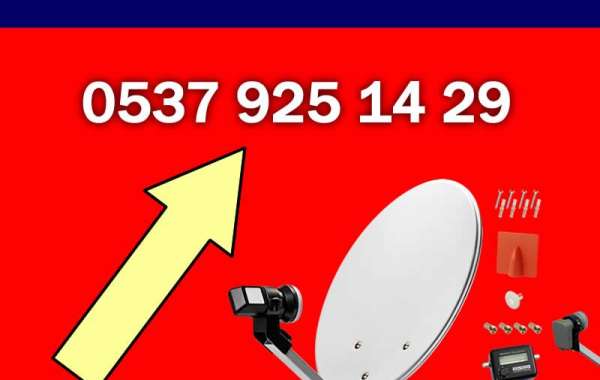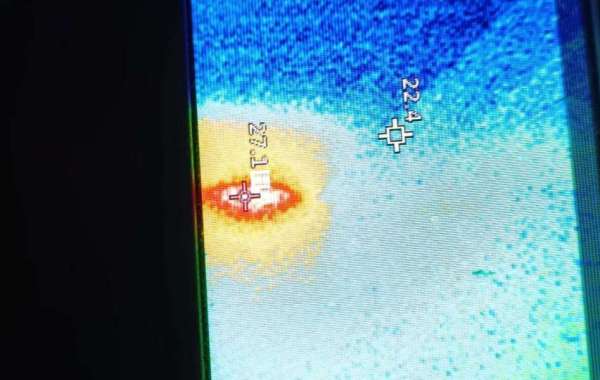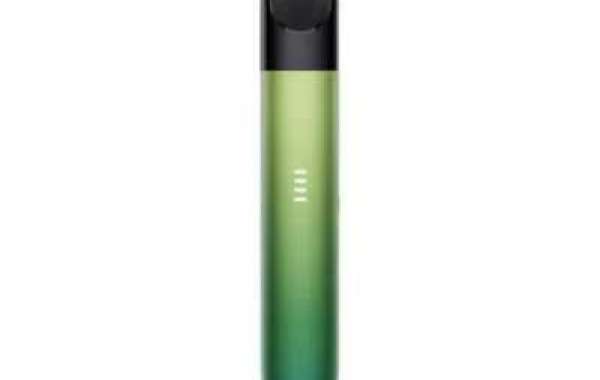In modern facilities where cleanliness and infection control matter as much as uptime, an Industrial concealed socket can be specified to meet new expectations for hygiene and serviceability. Rising attention to shared surfaces in public and work spaces has prompted engineers to rethink panel finishes and enclosure designs so that routine disinfection is straightforward and maintenance cycles are simplified. A connector that resists chemical attack and accepts frequent wiping helps reduce cleaning time while supporting uninterrupted operation of critical equipment.
Material choice drives both appearance and performance. Smooth non porous faceplates resist staining and prevent microbial harborage better than textured finishes. Metal alloys with corrosion resistant treatments combine a hard surface for wiping with a reliable earthing plane, while engineered polymers offer a lightweight option that tolerates repeated exposure to approved disinfectants. Whatever the substrate, designers emphasize finishes that do not craze or blister under repeated cleaning so the protective barrier remains intact over service cycles.
Coatings and surface treatments play a complementary role. Antimicrobial finishes embedded into the top layer can reduce surface contamination between cleanings, while chemically resistant clear coats protect underlying materials from harsh cleaners. It is important that any coating remain compatible with the chosen cleaning agents so that periodic disinfection does not erode protection. Suppliers who publish guidance on approved detergents and disinfectants simplify specification and reduce the chance of installing materials that deteriorate under routine practice.
Ease of cleaning depends on detail design as well as material. Rounded corners, recessed fasteners, and sealed seams limit nooks where dirt and moisture gather. Captive hardware avoids loose screws falling into work areas and makes it faster to open a panel for inspection without searching for lost parts. Gasket designs that compress fully under a captive cover maintain a dust free interior while remaining quick to replace when wear is observed.
Serviceability makes a difference where cleanliness programs require frequent checks. Modules that can be removed from the front without disturbing adjacent wiring reduce the exposure of live conductors during routine inspections. A design that allows field replacement of seals and terminal inserts shortens downtime and reduces the temptation to use temporary fixes that compromise safety. Field friendly components also help maintenance teams keep pace with heightened cleaning rhythms without overloading schedules.
Integration with cleaning protocols matters operationally. Facilities that define simple wipe down procedures for technicians and custodial staff reduce variability in how panels are treated. Clear labeling that indicates which agents and contact times are approved helps avoid accidental use of incompatible chemicals. Training that covers safe isolation steps before deep cleaning prevents mistakes and ensures electrical integrity while teams follow disinfection checklists.
Durability under repeated cleaning is a practical economic factor. Panels built to accept routine disinfectant exposure avoid frequent repainting or part swaps that increase lifecycle cost. When procurement includes spare gaskets and a service kit, small replacements proceed without delaying operations and keep installation resilience high. Consolidating parts across locations simplifies logistics and helps teams maintain consistent hygiene standards across a campus.
Consider aesthetic and human factors as well. Cleanable finishes that match laboratory benches and medical furniture present a coordinated environment that supports confidence in hygiene. Low glare surfaces reduce visual distraction during careful cleaning while color cues for critical outlets help staff act quickly during disinfection rounds and equipment swaps.
Suppliers who offer clear technical notes, chemical compatibility lists, and spare part references support smoother deployments. When product pages include cleaning guidance and recommended service intervals, specification teams can prepare practical maintenance schedules that align with facility cleaning policies. That alignment reduces surprises during audits and helps teams meet both operational and health objectives.
For facilities updating power distribution to meet higher hygiene expectations, choosing enclosures and panels with easy to clean surfaces, sealed detail, and modular service parts supports both safety and uptime. For product details, chemical compatibility guidance, and accessory lists that help you plan an implementation across workshops, labs, or production areas, visit www.nante.com . The site provides technical notes and spare part references to help match material choices and maintenance routines to operational needs, and supplier documentation eases planning for regular cleaning and inspection.







